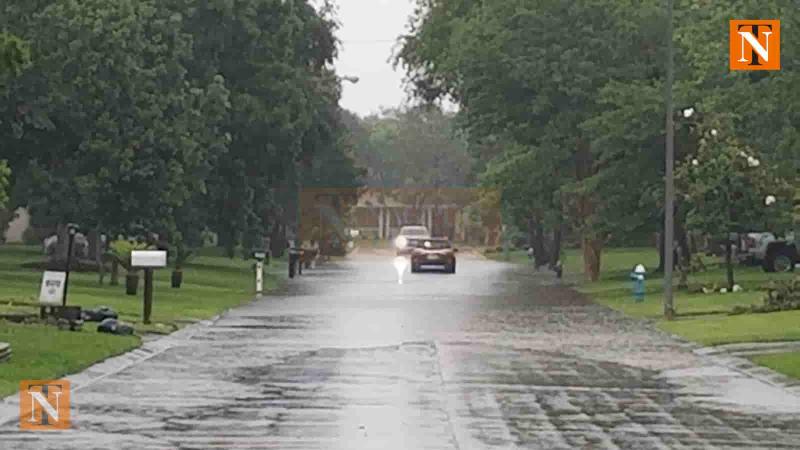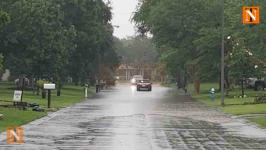Nagpur Records Sixth Lowest May Temperature at 31.5°C After Heavy Rain

Nagpur, India: Unseasonal rains over the last 36 hours have brought welcome relief to Nagpur and the wider Vidarbha region, significantly cooling temperatures and setting new weather records. According to the India Meteorological Department (IMD), widespread showers accompanied by thunderstorms helped pull the mercury down, offering a much-needed break from the early summer heat.
On Thursday, Nagpur recorded a maximum temperature of just 31.5°C, making it the sixth lowest maximum temperature ever recorded in May for the city. The lowest on record remains 24.8°C, observed in May 1990. The cool spell comes as part of a rare weather pattern affecting central India, delivering both rain and cooler air.
The temperature drop was not limited to Nagpur. In Washim district, the weather set a new benchmark with a maximum of 31.4°C – the lowest May temperature ever recorded there, surpassing the previous record of 35.2°C set in 2016. Yavatmal also experienced an unusually chilly May day, logging 28.6°C, its second lowest on record. The district’s all-time May low stands at 27.5°C from 1979.
Rainfall across the Vidarbha region varied, but several districts saw significant showers. Akola received the highest rainfall, measuring 66 mm, followed by Buldhana at 47.2 mm. Other rainfall measurements include Amravati (40.2 mm), Washim (41.6 mm), Nagpur (29.9 mm), Brahmapuri (32 mm), and Chandrapur (31 mm). Even traditionally dry districts like Gadchiroli (17 mm) and Gondia (11.4 mm) received notable precipitation.
In Nagpur, the 29.9 mm rainfall recorded on Thursday marks the second-highest May rainfall in the past 15 years, falling behind only the 50.2 mm recorded earlier this month. The all-time May rainfall record for the city stands at 58.7 mm, registered in 1966.
The IMD has warned of continued weather activity across the Vidarbha region. Forecasts predict more thunderstorms, lightning, gusty winds, and light to moderate rainfall in the days ahead.
Apart from lowering temperatures, these untimely pre-monsoon showers have also improved soil moisture levels, offering a potential early advantage for the upcoming agricultural season.



-t-thumb.jpeg)




-t-thumb.jpeg)

-t-thumb.jpeg)
-t-thumb.jpeg)
